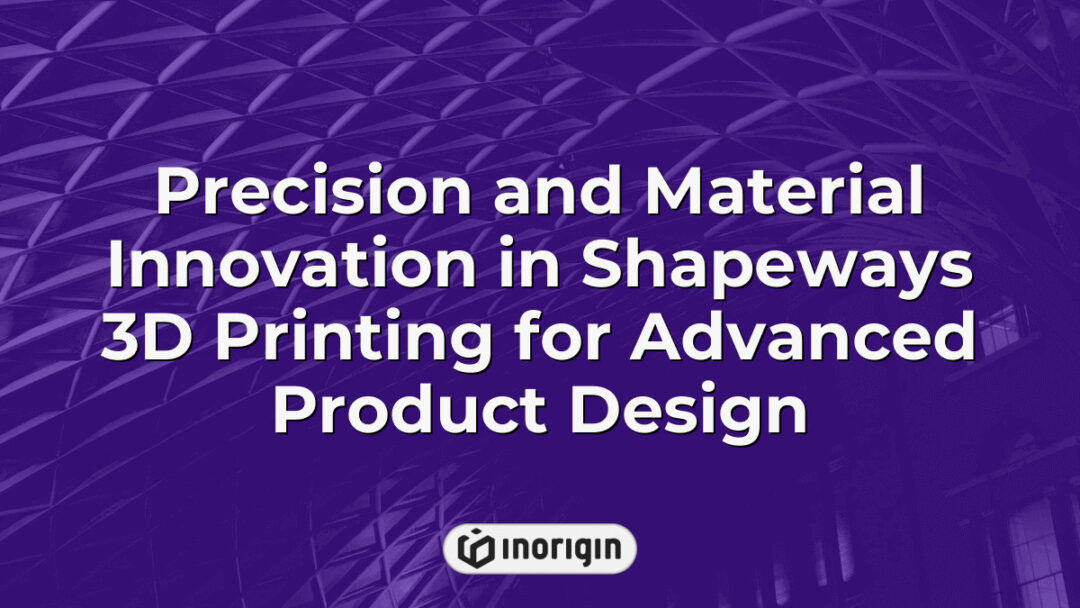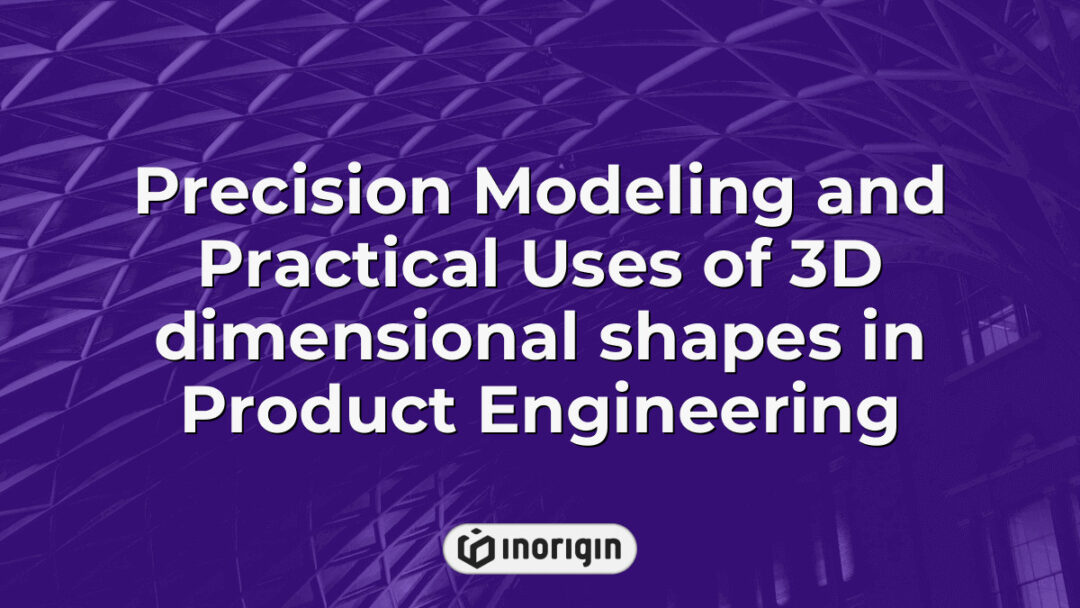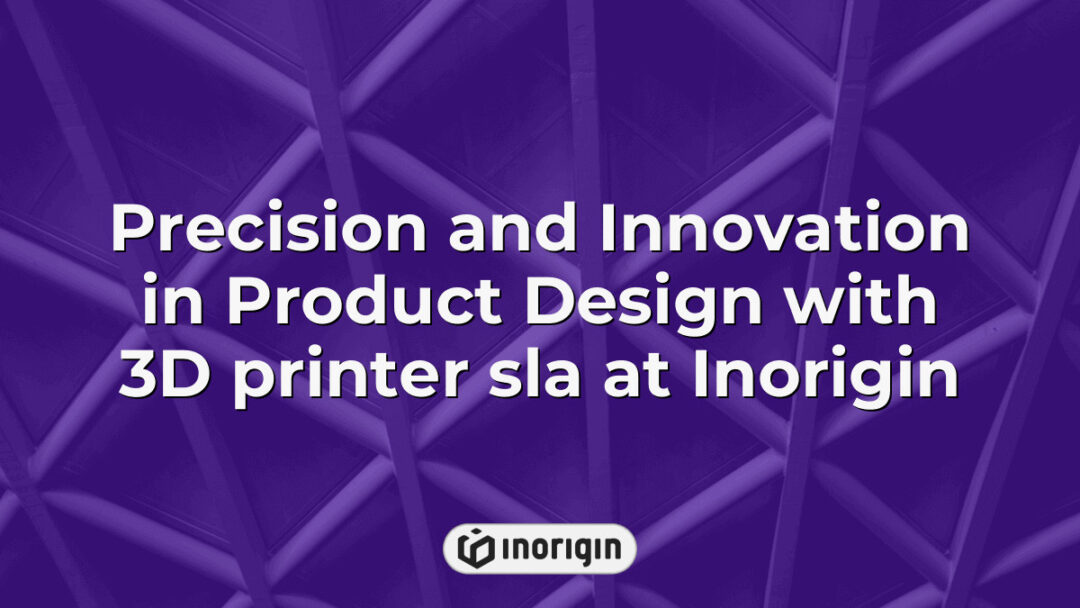In the realm of modern manufacturing, Shapeways emerges as a transformative force akin to a digital artisan’s workshop, where complex design meets advanced technology. Founded in 2007, this pioneering platform has democratized 3D printing by allowing creators from diverse backgrounds—ranging from hobbyists to professional designers—to bring their intricate visions into reality with unprecedented ease. With over 1 million products printed and shipped worldwide, Shapeways exemplifies how additive manufacturing reshapes traditional production paradigms, fostering innovation while reducing material waste. This article delves into the multifaceted impact of Shapeways on the landscape of custom fabrication and explores its implications for industries ranging from jewelry design to aerospace engineering.
| Aspect | Key Takeaway |
|---|---|
| Introduction to Shapeways 3D Printing | Shapeways 3D printing is a leading platform that democratizes advanced additive manufacturing by enabling creators since 2007 to transform complex designs into high-quality, functional products. |
| Streamlined Printing Process | Users design or select models, upload them to Shapeways, which then analyzes and produces parts on-demand using precise layering techniques to minimize waste. |
| Material and Technology Options | The platform offers diverse materials like plastics, metals, ceramics, and bio-based substances combined with technologies such as Selective Laser Sintering and Multi Jet Fusion for versatile applications. |
| Advantages for Designers and Businesses | Shapeways cuts lead times, expands global market access, and supports rapid prototyping—enabling efficient innovation without heavy investment in equipment. |
| Industry Applications | From jewelry to aerospace, Shapeways facilitates unique, functional products that meet rigorous design and engineering standards, supporting diverse sectors. |
| Community and Collaboration | The platform nurtures a creative ecosystem where designers can showcase work, collaborate, and bring innovative ideas to market through an integrated digital storefront. |
| Customer Support and Resources | Comprehensive assistance via tutorials, forums, live chat, and email ensures a smooth experience, helping users optimize their projects effectively. |
What Is Shapeways And How Does It Work?
Shapeways represents a significant development in the realm of 3D printing, combining technology with an innovative business model to facilitate custom manufacturing. Initially, it is noteworthy that Shapeways operates as an online marketplace where users can design and upload their three-dimensional models for printing. Following this initial step, the platform provides various materials and finishes from which customers can choose, thereby allowing for extensive personalization of products ranging from jewelry to functional prototypes. Furthermore, once a user finalizes their design and selects appropriate specifications, Shapeways employs advanced 3D printing technologies to produce the item on-demand, thus minimizing waste typically associated with traditional manufacturing processes. Additionally, this approach not only democratizes access to sophisticated manufacturing techniques but also fosters a community of designers who can showcase their work and sell it through the Shapeways storefront. As such, the convergence of digital fabrication and e-commerce encapsulated by Shapeways illustrates a transformative shift towards more sustainable and consumer-driven production methods within contemporary industry landscapes.
The Process Of 3D Printing With Shapeways
The process of 3D printing with Shapeways is characterized by a systematic approach that integrates several stages, from design conception to final product delivery. Notably, it has been reported that over 1 million unique products have been created through the platform since its inception, underscoring the extensive capabilities and appeal of this technology. Initially, users begin by designing their models using computer-aided design (CAD) software or by selecting pre-existing designs available in Shapeways’ marketplace. Subsequently, these digital files are uploaded to Shapeways’ online platform where they undergo an automated analysis for printability; this step ensures that the model meets specific criteria necessary for successful production.
- The materials available for printing include plastics, metals, ceramics, and even full-color sandstone.
- Users can choose from various finishing options such as polished surfaces or custom colors.
- The platform offers real-time pricing estimates based on material selection and dimensions.
- Shipping options vary globally, facilitating access to consumers and businesses alike.
Once a model is approved for printing, it proceeds to the manufacturing stage where advanced additive manufacturing technologies are employed. This method involves layering materials precisely according to the specifications provided in the digital file until the final object emerges. Upon completion of the printing process, quality control measures are enacted to ensure each item adheres to established standards before being packaged and shipped to customers. Thus, Shapeways exemplifies a comprehensive ecosystem that streamlines 3D printing into an accessible service while fostering creativity and innovation across diverse industries.
Materials And Technologies Used In Shapeways Printing
The evolution of manufacturing has reached a pivotal moment, reminiscent of the transformative impact that the Industrial Revolution had on production methods. In this contemporary context, Shapeways exemplifies innovation through its diverse range of materials and advanced technologies utilized in 3D printing. Primarily, Shapeways employs various material options including plastics, metals, ceramics, and even bio-based substances, each selected based on specific application requirements and desired end properties. For example, nylon is favored for its durability and flexibility, while stainless steel offers strength and aesthetic appeal; thus catering to both functional prototypes and intricate designs. Transitioning from materials to technology, Shapeways leverages several sophisticated processes such as Selective Laser Sintering (SLS), which employs laser energy to fuse powdered materials layer by layer, resulting in complex geometries unattainable through traditional means. Additionally, Multi Jet Fusion (MJF) enables faster production speeds with high-quality surface finishes due to its unique binder jetting technique combined with subsequent fusing steps. Collectively, these advancements underscore how Shapeways not only facilitates creativity but also enhances industrial efficiency by redefining possibilities within the realm of additive manufacturing.
Benefits Of Using Shapeways For 3D Printing
The benefits of utilizing Shapeways for 3D printing are manifold and warrant careful consideration. First, the platform provides access to a wide array of materials and advanced technologies that cater to diverse project requirements, thus enabling users to select the most suitable options for their specific applications. Moreover, Shapeways facilitates an efficient production process by offering on-demand manufacturing capabilities; this feature significantly reduces lead times associated with traditional methods while minimizing waste through precise material usage. Additionally, the global reach of Shapeways allows designers and businesses to tap into international markets without the need for substantial investment in infrastructure or equipment. Furthermore, the integration of user-friendly design tools enhances collaboration among creators, fostering innovation within various industries. These advantages collectively underscore Shapeways’ role as a pivotal player in the realm of 3D printing, promoting accessibility and efficiency across different sectors.
Success Stories And Applications Of Shapeways
The realm of 3D printing has been revolutionized by Shapeways, akin to a sculptor discovering new tools that expand the horizons of creativity and innovation. Numerous success stories illustrate how this platform has empowered entrepreneurs, artists, and engineers alike to transform abstract ideas into tangible products. For instance, small businesses have leveraged Shapeways’ advanced manufacturing capabilities to prototype designs rapidly, thus expediting their time-to-market while minimizing costs associated with traditional production methods. In addition, individual creators have found solace in the accessibility provided by Shapeways; they can produce custom items ranging from intricate jewelry to functional prototypes without the burden of substantial upfront investment in machinery or materials. Furthermore, collaborations between established brands and independent designers exemplify the potential for co-creation fostered through this platform, leading to innovative product lines that resonate with diverse consumer bases. These applications not only highlight the versatility of Shapeways but also underscore its role as a catalyst for creative expression and commercial viability within various industries.
Frequently Asked Questions
What Types Of Designs Are Most Successful On Shapeways?
The digital realm of Shapeways serves as a vibrant marketplace where creativity and technology intertwine, akin to an artist’s palette infused with the latest innovations in additive manufacturing. Successful designs on this platform often exhibit characteristics that resonate with consumer preferences, demonstrating both aesthetic appeal and functional utility. Products that stand out tend to possess unique, innovative features or cater to niche markets; for example, personalized jewelry pieces frequently capture attention due to their bespoke nature. Furthermore, items that address specific needs—such as custom tools or replacement parts—often garner substantial interest, reflecting a demand for practicality alongside artistic expression. Additionally, adherence to current trends plays a pivotal role in design success; creations inspired by popular culture or emerging technologies can significantly enhance visibility and desirability among potential buyers. Therefore, the intersection of originality, functionality, and trend awareness emerges as critical factors influencing the efficacy of designs within the Shapeways ecosystem.
How Can I Price My 3D Printed Products On Shapeways?
Pricing 3D printed products on Shapeways requires a strategic approach that balances production costs, market demand, and perceived value. Initially, it is essential to calculate the total cost of production, which includes material expenses, machine operation time, and any additional finishing processes required for the final product. Subsequently, an analysis of competitor pricing within similar categories can provide insight into current market trends and consumer expectations. Furthermore, incorporating psychological pricing strategies—such as setting prices slightly below whole numbers or leveraging tiered pricing for different quantities—can enhance attractiveness to potential buyers. Additionally, understanding target demographics plays a crucial role; identifying whether the audience values affordability or premium quality can influence price positioning effectively. Ultimately, establishing a transparent rationale behind the chosen price point fosters trust with consumers while promoting long-term engagement in the marketplace.
What Are The Shipping Options And Delivery Times For Orders Placed Through Shapeways?
Navigating the intricacies of shipping options and delivery times on Shapeways can be likened to charting a course through a vast ocean, where each decision impacts the journey of 3D printed products from creation to consumption. Shapeways offers several shipping methods tailored to accommodate varying customer needs, including standard, expedited, and express services. Each option presents distinct advantages; for instance, standard shipping is cost-effective but may extend delivery times, while express services guarantee faster arrival at a higher price point. Moreover, geographic factors play a significant role in determining actual delivery times, as shipments dispatched from production facilities located in different regions will experience divergent transit durations. It is essential for customers to consult the specific shipping details provided during the checkout process to ensure clarity regarding estimated arrival dates based on selected options and destination locations. Understanding these elements not only aids consumers in making informed decisions but also enhances overall satisfaction with their purchasing experience on Shapeways.
Are There Any Restrictions On What I Can Create And Sell Using Shapeways?
When utilizing Shapeways for the creation and sale of 3D printed products, it is essential to understand the restrictions that may apply. These limitations are primarily enforced to ensure compliance with legal regulations, ethical standards, and community guidelines. Therefore, creators must navigate these constraints carefully while designing their offerings. Specifically, the following points delineate some key restrictions associated with using Shapeways:
- Prohibition against creating items that infringe upon intellectual property rights.
- Restrictions on producing weapons or weapon-like objects.
- Ban on items deemed illegal or dangerous in various jurisdictions.
- Limitations regarding adult content and offensive imagery.
- Compliance requirements related to health and safety regulations.
These factors necessitate a thorough review of both local laws and Shapeways’ policies prior to design submission. Ultimately, adherence to these guidelines not only safeguards creators from potential legal repercussions but also fosters a responsible marketplace conducive to innovation and creativity within the realm of 3D printing.
What Customer Support Options Are Available For Users Of Shapeways?
The adage "A stitch in time saves nine" underscores the importance of proactive measures, particularly when addressing customer support needs. Shapeways offers a range of customer support options designed to assist users effectively throughout their 3D printing journey. These include comprehensive online resources such as FAQs, tutorials, and community forums that facilitate self-service solutions for common inquiries. Moreover, personalized assistance is available through email support, where users can receive tailored guidance on specific issues or concerns related to their projects. Additionally, live chat functionality enables real-time communication with support representatives during designated hours, enhancing user experience by providing immediate answers to pressing questions. The combination of these varied support channels ensures that Shapeways fosters an accessible environment for its users, thereby promoting satisfaction and engagement within its platform.
Conclusion
Shapeways revolutionizes the 3D printing landscape by empowering creators with innovative technology and diverse materials. With over 1 million unique products produced, this platform demonstrates its capacity to transform ideas into tangible objects, underscoring the profound impact of accessible manufacturing on creativity and entrepreneurship in today’s digital economy.
Related posts:
- Accenture Product and Platform Engineering Services Delivering Scalable Innovation Across Industries
- 3D printing sites with curated designs and expert community support for advanced prototyping
- Advanced Product Design and Engineering Solutions Powered by tinker.com
- Maximizing E-Commerce Growth with the Google Product Search Engine Integration
- Thingiverse 3D printing Model Selection and Print Techniques for Precision Engineering
- Amazon Product Search Engine Precision Techniques for Superior Product Discovery




